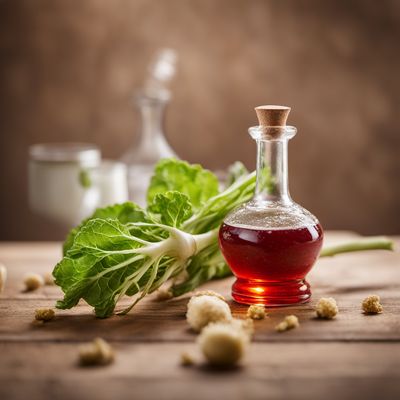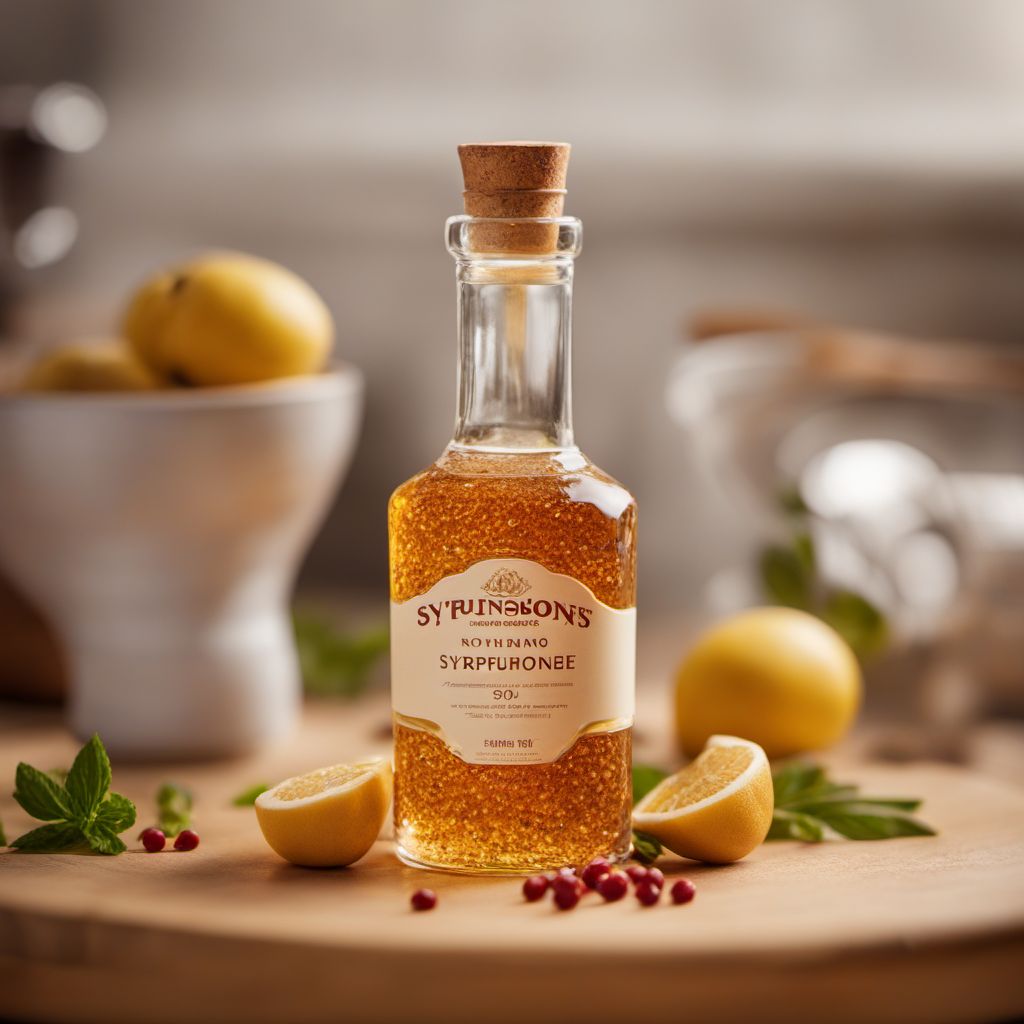
Ingredient
Syrups
The Sweet Elixir of Syrups
Syrups are liquid sweeteners that add a burst of sweetness and flavor to a variety of dishes. From the rich and velvety texture of maple syrup to the floral notes of lavender syrup, these versatile ingredients can elevate both sweet and savory recipes.
Origins and history
Syrups have a long history, with some varieties dating back thousands of years. Maple syrup, for example, has been produced by Indigenous peoples in North America for centuries. Other syrups, like agave syrup and honey, have been used in traditional medicine and cooking in various cultures around the world. Today, syrups are widely enjoyed and cherished for their ability to enhance flavors and provide a touch of sweetness.
Nutritional information
Syrups are primarily composed of sugars, providing a concentrated source of calories. While they can add sweetness to dishes, it is important to consume them in moderation. Some syrups, like maple syrup and honey, also contain trace amounts of vitamins and minerals.
Allergens
Individuals with allergies to specific ingredients, such as honey or corn, should be cautious when consuming syrups that contain those allergens. Always read labels carefully to ensure the syrup is safe for consumption.
How to select
When selecting syrups, opt for those that are made with high-quality ingredients and have minimal additives or preservatives. Look for syrups that are labeled as pure or natural, without any artificial flavors or sweeteners. Consider the flavor profile you desire and choose syrups that complement your recipes.
Storage recommendations
To maintain the freshness and quality of syrups, store them in a cool, dark place away from direct sunlight and heat sources. Keep them tightly sealed to prevent crystallization and maintain their consistency. Some syrups, like maple syrup, may benefit from refrigeration to extend their shelf life.
How to produce
Producing syrups at home can be a rewarding process that allows you to customize flavors and control the ingredients. Many syrups, such as simple syrup or fruit syrups, can be made by combining sugar and water with desired flavorings and simmering until the sugar dissolves. Other syrups, like maple syrup or agave syrup, require specialized processes and equipment.
Preparation tips
Syrups can be used in a variety of ways, from sweetening beverages and desserts to adding a touch of sweetness to savory dishes. Use maple syrup as a topping for pancakes or waffles, or drizzle it over roasted vegetables for a hint of sweetness. Agave syrup is a popular alternative sweetener in baking and can be used in place of honey or sugar. Fruit syrups, like raspberry or strawberry syrup, can be used to flavor cocktails, desserts, or even salad dressings.
Culinary uses
Syrups are widely available in grocery stores, supermarkets, and specialty food stores worldwide. Maple syrup is commonly associated with North America, while agave syrup is often found in Mexican cuisine. Honey is produced and consumed in many countries around the world. Other syrups, like fruit syrups or flavored syrups, may vary in availability depending on the region.
More ingredients from this category
Recipes using Syrups » Browse all

Ekmek Kadayıfı with a Twist
Honey-Soaked Bread Delight
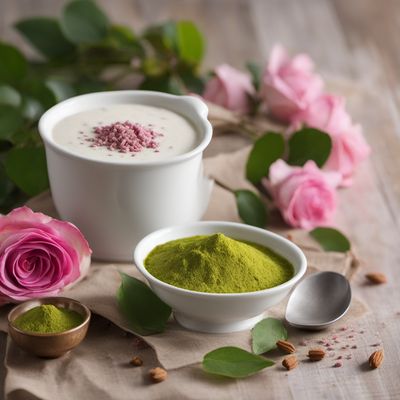
Pantua - Sweet Delight from Bangladesh
Gulab Jamun's Bangladeshi Cousin: Pantua - A Sweet Symphony of Flavors
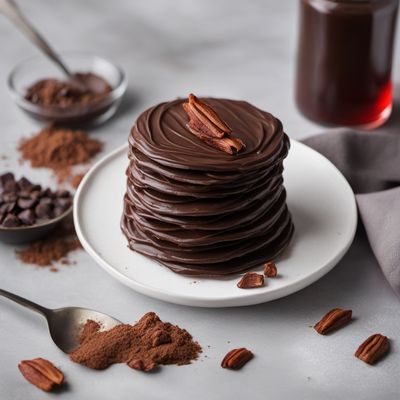
Vegan Chocolate-Covered Coconut Bacon
Decadent Vegan Delight: Chocolate-Coated Coconut Bacon
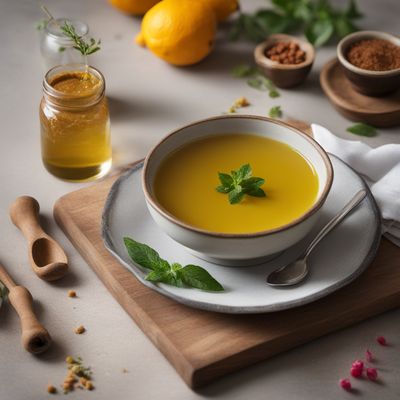
Warbat with a Twist
Saffron-infused Warbat Delight
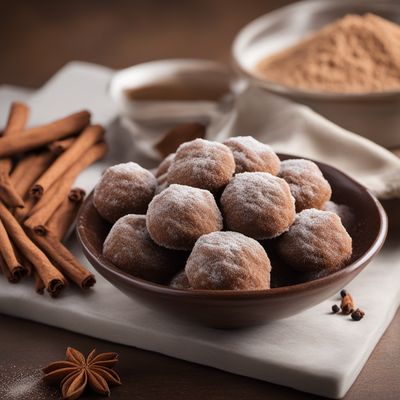
Kuih Keria with a South African Twist
Sweet Potato Donuts: A South African Delight
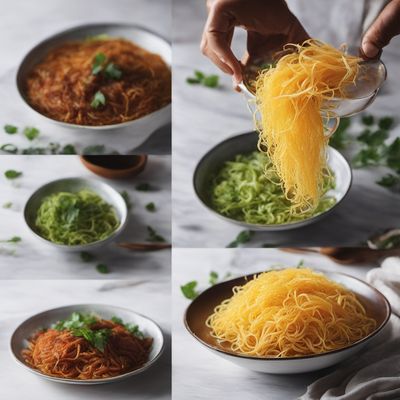
Omani Sweet Vermicelli (Balaleet)
Arabian Delight: Omani Sweet Vermicelli (Balaleet)
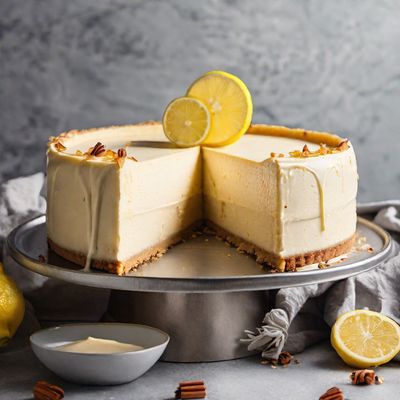
Vegan New York-Style Cheesecake
The Big Apple's Vegan Delight
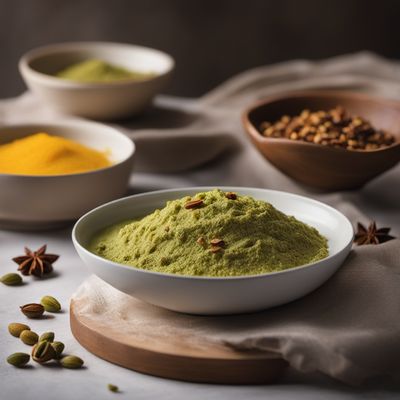
Gers Ogaily with a Twist
Saffron-infused Semolina Cake: A Delightful Kuwaiti Dessert
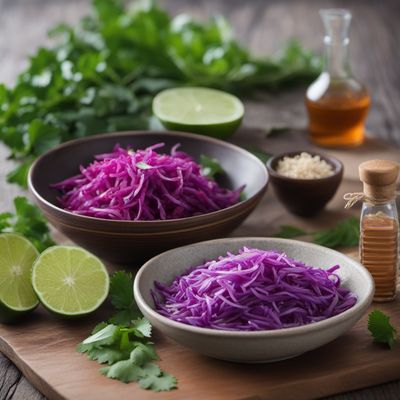
Taoist Asinan
Zen-inspired Asinan: A Refreshing Taoist Delight

Thai-Inspired Baklava
Thai-Spiced Coconut Baklava

Taiwanese Tiramisù
Bubble Tea Tiramisù: A Taiwanese Twist on the Classic Italian Dessert

Dulce de Leche Molecular Gastronomy
The Sweet Transformation: Molecular Dulce de Leche


